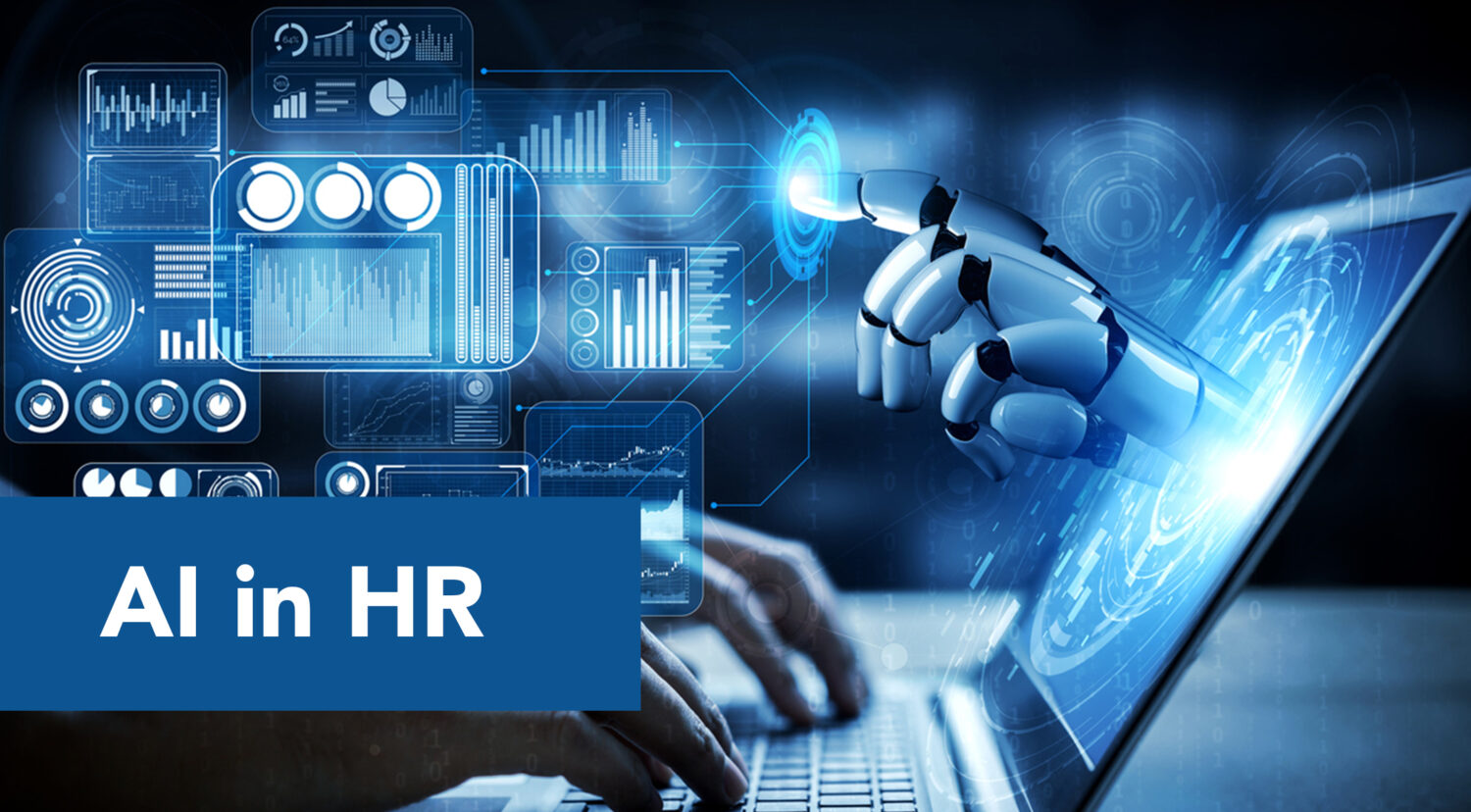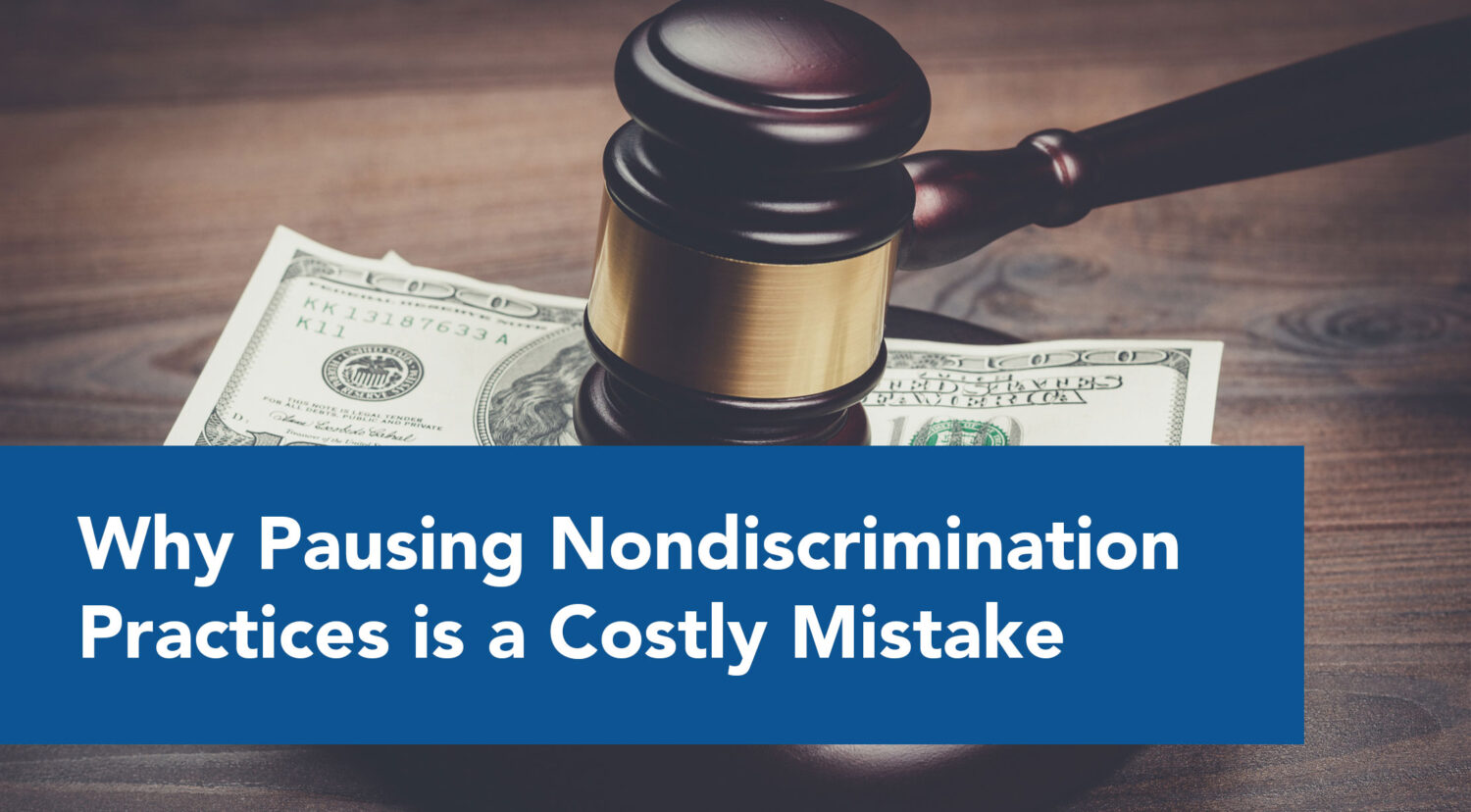

Hello, fellow HR professionals! And Happy New Year!
We’re about to embark on an expedition into a very hot topic: Artificial Intelligence. AI was a buzzword in 2023, with applications such as ChatGPT taking center stage. Granted, we’re only a month into 2024, but it looks like AI as a topic isn’t going away, just as the technology itself isn’t. The two questions the public has been focused on are “Will this come for my job?” and “How can this make my job easier?” What a great illustration of both the hopes AND fears about AI!
Obviously, the HR community has been thinking the same thing. So let’s get started.
Invasion and Impact
In the short time that modern AI has been in the public consciousness, it has already invaded many aspects of our lives. It’s now part of our internet search engines like Bing and Google. You ask a question in a general search bar and get a browser-created paragraph or three telling you the answer.
And it has impacted the workforce. Companies have indeed laid people off in the belief, often correct, that AI could do significant parts of the jobs those people were doing and that the rest of those duties could be reassigned to a skeleton crew retained specifically for non-AI work. This is, quite frankly, a legitimate fear for Human Resources staff, as well.
Double-edged Sword
But let’s not write off AI as the villain. It’s a mixed bag, a double-edged sword, if you will. While it’s prompted some workforce reshuffling, it’s also arming individual workers with tools to boost their productivity. AI lends a hand in drafting documents, aids in research (with a few pitfalls, of course), and crafts itineraries with finesse.
In fact, I’m using it right now in combination with manual writing and editing. The first draft was written by me, several drafts were done by AI based on the original, and the final draft is me again putting this all together.
Like all tech that has come before it, AI is a double-edged sword.
Consider the internet. Prior to almost everyone, in developed countries, anyway, having Internet access, research required phone calls, interviews, reading through massive amounts of books, and even, for some topics, encyclopedias. (Anyone remember those? I had a full set.) Communication was either by phone, in-person, or via “snail” mail—the good ‘ol postal service.
With the spread of the internet, all this changed. Research could largely be done with simple searches. People began receiving emails, so no one had to wait for letters. Collaboration became lightning-fast.
But, at the same time, people became more stressed about the new expectations of productivity. Some people lost jobs that were connected to the prior need for analog communication and research. And let’s not forget the proliferation of cat videos and conspiracy theories.
“Human” Resources
The fears may be overstated. You just can’t take the “human” out of “Human Resources.”
Look, people still appreciate phone calls and manually written emails. People still appreciate meeting and getting aid from and giving it to other people.
There are things that AI just can’t do for HR. At least, not until it achieves sentience and wants to take over the world.
For example, AI might be able to handle basic onboarding of new employees. This isn’t so different from the old onboarding videos people used to use, except that AI can also answer a lot of questions where the answers have either been programmed in or are easily researched. But real people are needed to interpret body language when seeing if someone really understands the information, has unexpected questions, and needs the office tour. People want real people to interact with them in those circumstances.
I’ll cover another area that AI falls short in that will keep most HR workers employed while I also go over the benefits that AI brings to those same workers. For now, I’ll tease you with two words: creative thinking.
Things AI Can Help HR With
AI is a bit like those digital Tamagotchi pets (remember those?). You’ve got to feed it to keep it happy. And guess what? This is where the beauty of human-AI collaboration comes to the fore. AI can only do its job well if given quality data manually and from internet and local network searches. Let’s see how this can be applied.
Reporting
First, the low-hanging fruit. Taking AAPs (Affirmative Action Plans for the non-government contractors out there) as an example, HR departments and consultants have to input a bunch of data into software to see when a particular demographic in a particular area has x% of that community as qualified candidates…etc.
That software isn’t even AI yet! And that starting data is often not done in a consistent manner from one company to another. So consultancies have to often interpret the data somewhat—and ACCURATELY—to fit in with the scheme of the receiving software. And, of course, you need to go over the results, see what needs working on, and suggest ways to implement changes to meet those needs.
Now, imagine this: Feed the original raw data into AI, and it magically does the parsing and interpreting for you. It spills the beans in sentences, highlighting what needs attention and what’s golden. It even crafts a report that might not be human-written but definitely doesn’t scream, “I only speak spreadsheet.” This could turbocharge AAP reporting in language that makes it a breeze to understand, even for lay people.
How about all the ways AI can make the hiring process more efficient?
Hiring
AI has the potential to make the hiring process smoother. Applicant tracking systems, recordkeeping, and initial screenings? AI’s got that covered. It can (or will) handle the initial screening of applicants, effortlessly parsing different resume styles with ease. It may even be able to handle some “first interview” questions!
But AI’s not perfect. While it’s a wizard at objectively sizing up candidates, there are times when someone might not check all the “requirements” boxes but could ace the job with minimal training. They may even be the best candidate. This situation requires a human who can think laterally (and diagonally, for that matter) to interpret the resume and the candidate.
I mean, what if someone comes from an analogous position and shows talent at it?
I’m focusing on hiring here, but this holds true for promotions, too. People often move up based on their ability to handle situations rather than technical proficiency. How can AI, at least at its current prowess, quantify that and apply it to a change of position given the position’s “requirements”?
AI could also help with the initial recruiting search. Tell it your recruiting zone, and it can suggest neighborhoods, zip codes, etc. (For government contractors, you’d want to ensure that it fits your hiring goals.) It may even suggest where to place job listings so they can be in front of qualified candidates in that area.
Now, the tech isn’t there yet for some of this, although companies like Google have been working hard to make it possible.
To sum up, AI has a lot that can help HR departments and consultancies across the board. There will be bumps in the road, but that’s the price of any new technology. I think the benefits outweigh the downsides. And, as I’ve stated before, you can never take the human out of Human Resources.
What you can do, however, is make those humans even more effective with the new and powerful tools that are developing right before our eyes!
Give a good think about what you believe AI might be able to do for you, and leave it in the comments below!
HR Unlimited, Inc. specializes in helping federal contractors and employers effectively meet their AAP and EEO compliance obligations. Please contact us to discuss any of your questions, concerns, or needs in this area.





